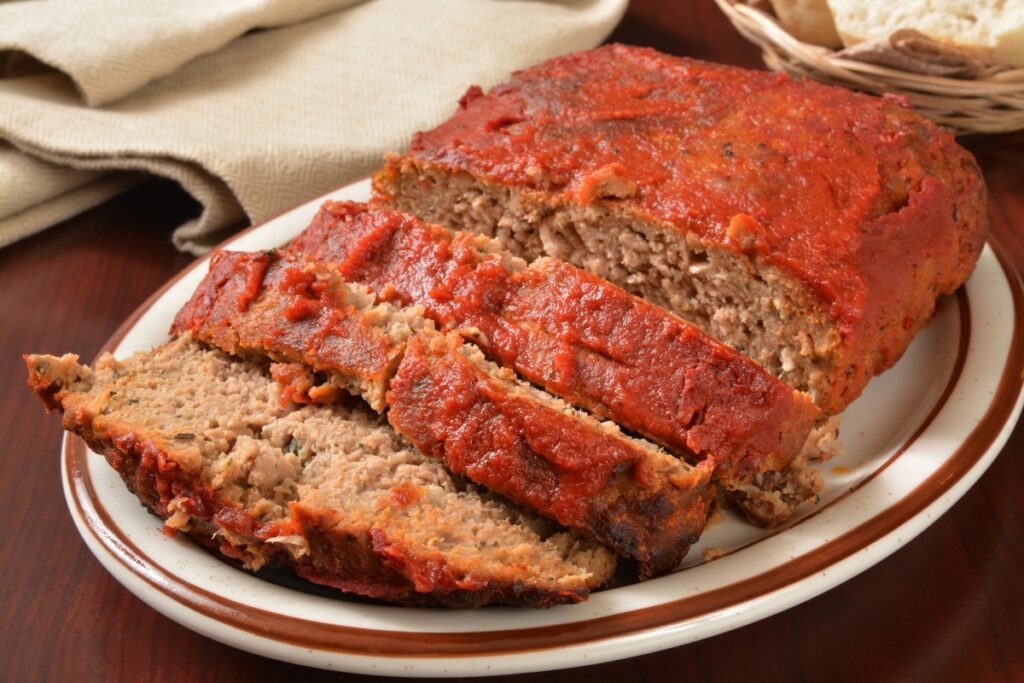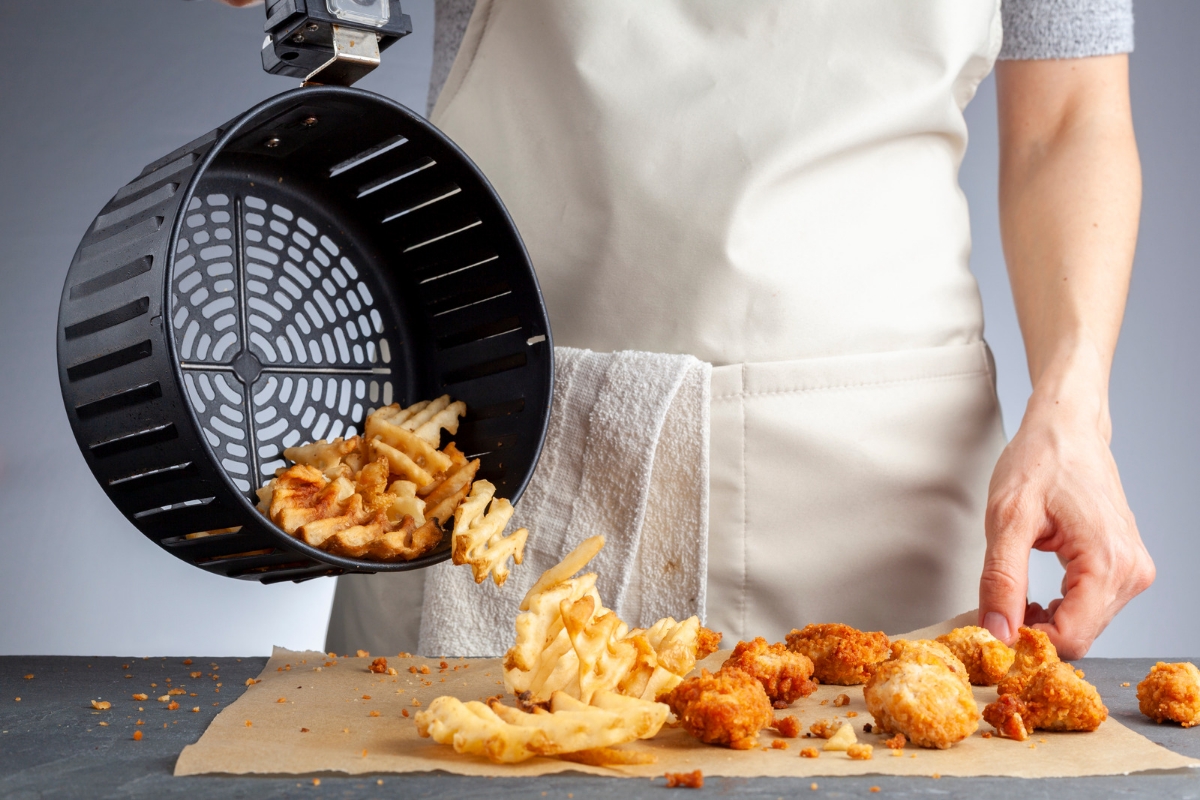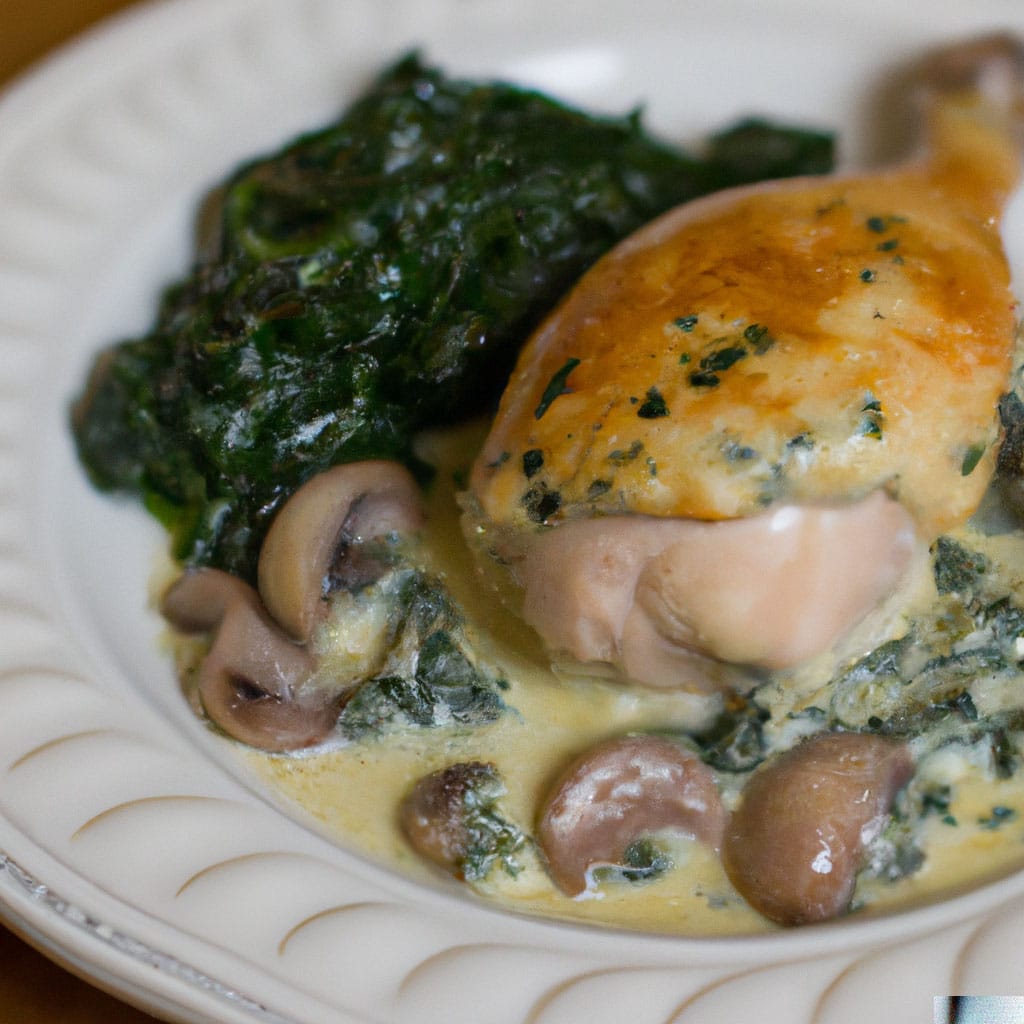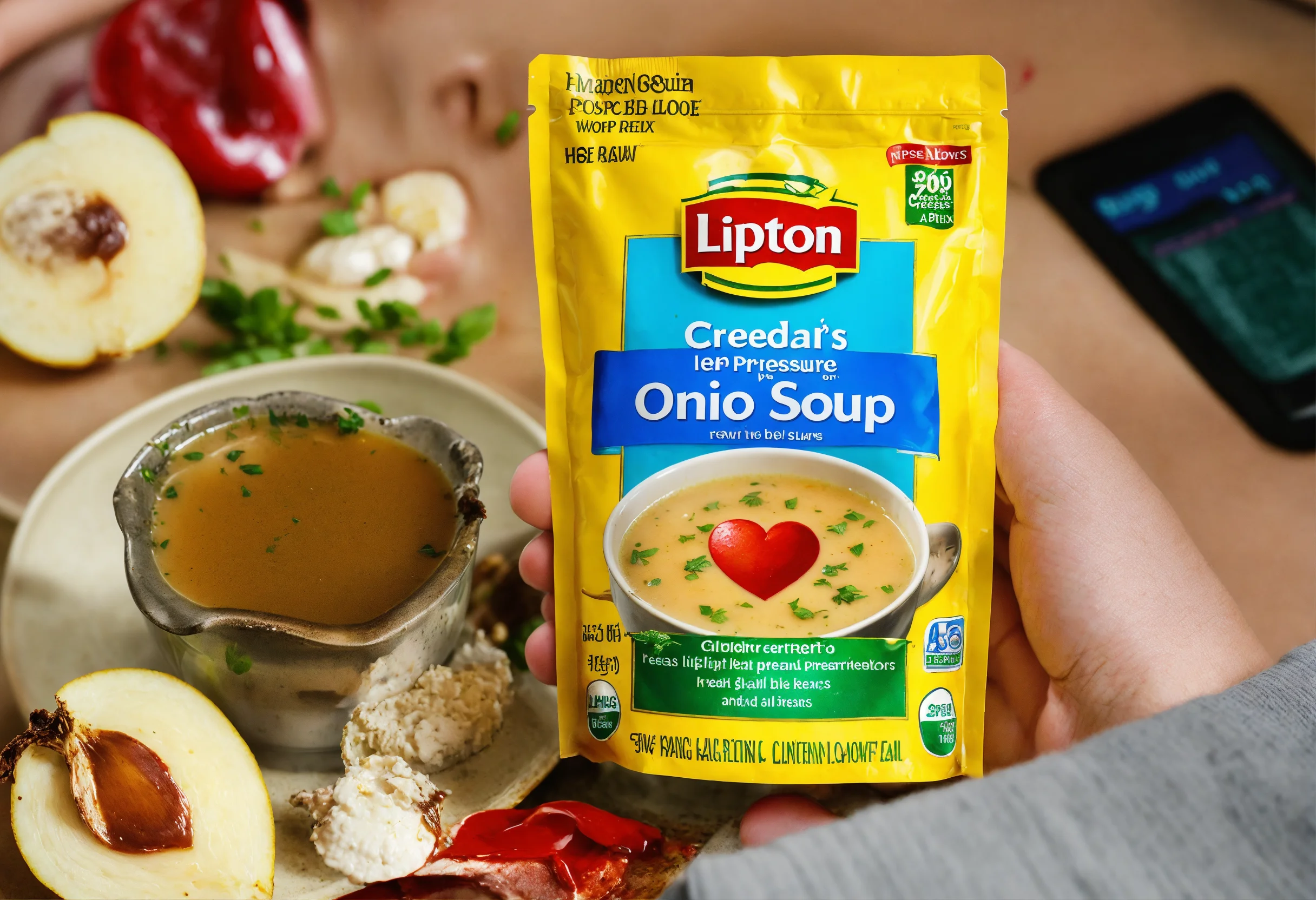Exploring Meatloaf Binding Ingredients
Ah, meatloaf! It’s a classic dish that has warmed many hearts and homes. But what really turns ground meat into a mouth-watering meal? It’s all about the binding ingredient. In this article, we’re diving deep into the world of meatloaf binding ingredients. We’ll uncover why they’re so crucial and how they can make or break your dish.
Think of these binders as the unsung heroes of your meatloaf. They’re not just there to keep things together; they play a pivotal role in texture, moisture, and flavor. From the good old bread and breadcrumbs to the less conventional cereal grains and potatoes, each binder adds its own flair.
This journey isn’t just about sticking to a recipe. It’s about understanding the role of each ingredient and how it contributes to your meatloaf’s success. Whether you’re a kitchen pro or just starting out, getting to grips with these binders can take your meatloaf from just okay to absolutely fantastic.
So, get ready to embark on a culinary adventure. We’re going to explore a variety of binders, see how they impact your meatloaf, and even tackle some common questions. By the end of this, you’ll have the know-how to whip up a meatloaf that’s not just a dish, but a masterpiece.
Stay tuned, as we delve into the fascinating world of meatloaf binders. It’s a journey that’s as enlightening as it is tasty!
Preferred and Efficient Meatloaf Binders

Bread – A Time-Honored Selection
When it comes to meatloaf, bread is a classic. It’s like the trusty friend you can always rely on. Whether it’s fresh, stale, or dry, bread works wonders in binding the ingredients together. Just tear it into tiny pieces or give it a quick whirl in the food processor. Remember, the amount of liquid in your recipe might need tweaking depending on the bread’s moisture. More bread equals a softer meatloaf, while less means a firmer texture. So, the next time someone asks you, “What is the best binder for meatloaf?” you can confidently say, “Bread, without a doubt!”For a twist on the classic meatloaf recipe using bread as a binder, check out our Lipton Onion Soup Meatloaf recipe.
Breadcrumbs and Panko – Flexible Choices
Breadcrumbs are another fantastic option. They’re like bread, but with a bit more crunch and character. Whether you make them at home or buy them from the store, they’re a versatile choice. Just watch out for added salt or spices in store-bought varieties. Panko, a Japanese breadcrumb variant, is also a great pick. It might need a bit more soaking time to reach the perfect consistency, but the result is worth it. These breadcrumbs add not just structure but also a delightful texture to your meatloaf, making every bite a pleasure.
Crackers – A Flavorful Alternative
Now, let’s talk about crackers. They’re not just for cheese platters; they’re fantastic in meatloaf too! Whether fresh or stale, crackers add a unique salty twist. Just crush them into fine pieces, and you’re good to go. But remember, since they usually contain salt, you might want to cut back on the additional salt in your recipe. From Ritz to Saltines, the options are endless. Each type of cracker can bring a different flavor profile to your meatloaf, turning an ordinary meal into something extraordinary.
Cereal Grains – An Innovative Binder
Cereal grains might sound unconventional, but they’re game-changers in meatloaf. Oatmeal, instant rice, and even corn flakes can step in as binders. They not only hold the meatloaf together but also add a subtle, nutty flavor. Just make sure to process them to a breadcrumb-like consistency. And yes, stick to the unflavored varieties unless you’re feeling adventurous! These grains are not just about binding; they’re about adding depth and dimension to your meatloaf, making each bite a discovery of flavors and textures.
Potatoes – A Surprising Binding Ingredient
Last but not least, let’s not overlook potatoes. Mashed or boiled, they can work wonders in your meatloaf. Even instant potato flakes can do the trick. They bring a creamy texture and a mild flavor that complements the meat beautifully. Just aim for a paste-like consistency when mixing them in. And here’s a tip: add an extra egg to your recipe when using potatoes. This helps in binding everything together more effectively. Potatoes might be a surprising choice, but they’re a testament to the versatility and creativity that cooking meatloaf allows.
Choosing the Perfect Meatloaf Binder
Selecting the right binder for your meatloaf isn’t just a matter of taste; it’s about texture, moisture, and how everything holds together. It’s a crucial decision that can elevate your dish from ordinary to extraordinary.
To learn more about achieving the perfect moisture in your meatloaf, explore our guide on What is the Secret to Moist Meatloaf?
Firstly, consider the type of meat you’re using. Different meats have varying levels of fat and moisture, which can affect how your meatloaf binds. For leaner meats, you might want a more moist binder, like fresh bread or mashed potatoes, to add some juiciness. On the other hand, fattier meats might pair better with drier binders like breadcrumbs or oatmeal to absorb excess moisture.
Next, think about the flavors you want to highlight. If you’re aiming for a classic, homestyle meatloaf, bread or breadcrumbs are your go-to. But if you’re after something with a bit more pizzazz, why not try crushed crackers or cereal grains? They can add an unexpected twist to your dish.
Also, don’t forget about dietary restrictions. If you’re cooking for someone who’s gluten-free, traditional bread won’t cut it. Instead, look for gluten-free bread, rice flakes, or even ground nuts as alternatives. They can be just as effective and add their own unique flavors and textures.
Finally, it’s all about experimentation. Don’t be afraid to mix and match or adjust quantities to suit your taste. Remember, the question of “What is the best binder for meatloaf?” doesn’t have a one-size-fits-all answer. It depends on your personal preferences, the ingredients you have on hand, and the type of meatloaf you’re aiming to create.
In conclusion, choosing the right binder for your meatloaf is an art in itself. It’s about balancing flavors, textures, and moisture to create a dish that’s not just delicious but also holds together perfectly. So go ahead, experiment, and find your perfect meatloaf binder!
Common Questions About Meatloaf Binders
Popular Choices for Meatloaf Binders
When it comes to making meatloaf, one of the most common questions is, “What is the best binder for meatloaf?” The answer varies, but bread and breadcrumbs are the most popular choices. They’re versatile, readily available, and they blend seamlessly with the meat, enhancing its flavor and texture. For those looking for a twist, crushed crackers or cereal grains can offer a unique taste and texture. Remember, the best binder often depends on personal preference and the specific recipe you’re following.
Optimal Quantity of Binder in Meatloaf
Another frequent query is about the right amount of binder to use. Generally, a good rule of thumb is to use about 1/2 to 1 cup of binder per pound of meat. However, this can vary based on the type of binder and the moisture content of your meat. For instance, if you’re using dry breadcrumbs, you might need a bit more to achieve the desired consistency. It’s all about finding that perfect balance where the meatloaf holds together well without becoming too dense.
Gluten-Free Options for Meatloaf Binders
For those on a gluten-free diet, the question often arises: what are the best gluten-free binders? Fortunately, there are plenty of options. Gluten-free bread or breadcrumbs are readily available in most stores. Alternatively, cooked rice, instant rice flakes, or ground nuts can be excellent binders. These not only keep the meatloaf together but also add a unique flavor and texture. It’s important to experiment a bit to find the right amount and type that works best for your recipe.
Enhancing Your Meatloaf Skills
Managing Moisture and Consistency
A key to mastering meatloaf is managing moisture and consistency. The right balance ensures your meatloaf is neither too dry nor too soggy. It’s crucial to consider the moisture content of your binders. For instance, fresh bread adds more moisture compared to dry breadcrumbs. If you’re using a wetter binder, you might want to reduce other liquid ingredients in your recipe. Conversely, with drier binders, a little extra liquid can help.
Another tip is to gently mix your ingredients. Overmixing can lead to a dense, tough meatloaf. Instead, mix until just combined for a tender, juicy result. Also, don’t forget to let your meatloaf rest after baking. This allows the juices to redistribute, ensuring each slice is moist and flavorful.
Adding Flavors with Binders
Binders can be more than just structural; they’re an opportunity to infuse flavor into your meatloaf. For instance, seasoned breadcrumbs or spiced crackers can add an extra layer of taste. Even the choice of bread can influence the flavor profile. Sourdough or rye, for example, can introduce a subtle tang or a hearty note.
Experimenting with different binders can lead to delightful discoveries. Imagine a meatloaf with a hint of smokiness from barbecue-flavored crackers or a slight sweetness from cornflake crumbs. The possibilities are endless, and each choice can transform your meatloaf into a new culinary experience.
In conclusion, the journey to the perfect meatloaf is both an art and a science. It’s about balancing flavors, textures, and moisture. With these tips and a bit of creativity, you’ll soon discover the answer to the age-old question, “What is the best binder for meatloaf?” lies in your own kitchen adventures.
Final Thoughts: Perfecting Your Meatloaf
Recap of Essential Points
In our quest to answer the question, “What is the best binder for meatloaf?” we’ve explored a variety of options. From the traditional bread and breadcrumbs to innovative choices like cereal grains and potatoes, each binder brings its unique qualities to the table. The key is to consider the type of meat, desired flavors, and any dietary restrictions. Remember, the perfect binder for your meatloaf might be a classic choice or an unexpected ingredient waiting to be discovered in your pantry.
For a classic recipe that perfectly balances flavors and textures, don’t miss our Original Lipton Onion Soup Meatloaf Recipe.
More Resources for Meatloaf Enthusiasts
For those eager to dive deeper into the art of meatloaf making, there are plenty of resources available. From comprehensive guides to specific recipes, the world of meatloaf is vast and varied. Websites like Frugal Cooking offer a wealth of information, including tips on achieving the perfect crust and flavor combinations. Don’t hesitate to experiment and refine your technique. After all, the journey to the perfect meatloaf is a delicious adventure, full of learning and culinary delights.




